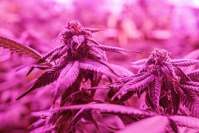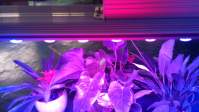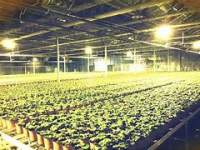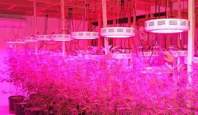The role of LED plant lights in multiple plant growth cycles
In traditional agricultural production, ordinary electric light sources are generally used to supplement the light and the application of different covering materials and other agricultural technical measures, such as the use of monochromatic fluorescent lamps and colored plastic films, and changing the light environment to regulate the growth and development of plants in the facility cultivation environment. However, these measures have problems of varying degrees. If the lack of analysis of specific spectral components results in impure light quality processing, inconsistent light intensity and close to or even lower than the light compensation point of plants, the energy efficiency of the illumination light source is very low. LED plant lights are a large number of applications in the plant facility cultivation environment. The research results show that LED plant lights can solve these problems, especially suitable for the cultivation environment of artificial light-controlled plant facilities.
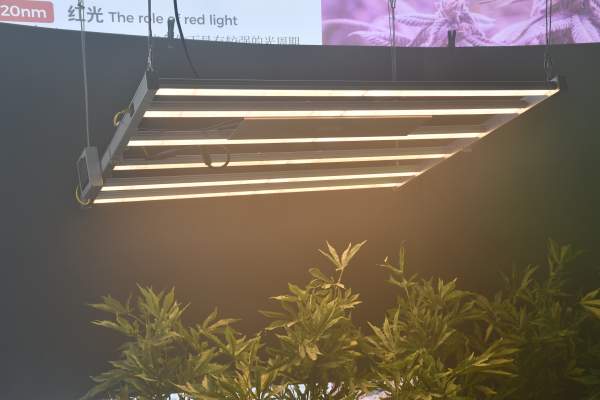
Plants rely on the energy of light for photosynthesis to grow, flower, and bear fruit. However, due to the ever-changing climate changes and light changes in nature, plants cannot fully absorb the photosynthetic nutrients they need during different growth periods in different growth periods, which brings disadvantages to growth, especially in different growth periods. Nursery stage. Scientific and reasonable artificial spectrum creates good absorption and reflection conditions for plant growth. The energy values of the blue light zone and the red light zone are very similar to the efficiency curve of plant photosynthesis (and the efficiency is more significant for green plants), which is the best light source for plant growth.
LED plant lights are attracting the attention of the world with their inherent advantages. Especially under the situation that the global energy shortage is rising again, because the LED plant light source has the characteristics of high luminous efficiency, long service life, safety and reliability, environmental protection and energy saving, the prospect of LED plant light in the lighting market has become more global Eye-catching.
The light environment is one of the indispensable and important physical environmental factors in the growth and development of plants. Through the regulation of light quality, the control of plant morphology is a particularly important technology in the field of facility cultivation.
feature:
The wavelength types are abundant, which coincides with the spectral range of plant photosynthesis and light morphology; the spectral wave width is half-width narrow, and can be combined as needed to obtain pure monochromatic light and composite spectrum; it can concentrate light of a specific wavelength and irradiate it uniformly on the crop; It can not only regulate the flowering and fruiting of crops, but also control the plant height and nutrient content of the plants; the system generates little heat and occupies a small space. It can be used in a multi-layer cultivation three-dimensional combination system to achieve a low heat load and a small production space. change;
Application of LED plant lights in plant cultivation
.
The light environment is one of the indispensable and important physical environmental factors in the growth and development of plants. Through the regulation of light quality, the control of plant morphology is an especially important technology in the field of facility cultivation.
As the sixth-generation new lighting source of Yaorong Technology, LED plant lights have many characteristics that are different from other electric light sources. This is the first choice for energy-saving and environmentally-friendly light sources. The LED plant lights used in the field of plant cultivation can also be characterized by the following characteristics: rich wavelength types, just in line with the spectral range of plant photosynthesis and light morphology; the half-width of the spectral wave width is narrow, which can be combined as needed to obtain pure monochromatic light and Compound spectrum; can concentrate light of specific wavelength to irradiate crops evenly; not only can adjust the flowering and fruit of crops, but also can control plant height and nutrient composition of plants; the system generates very little heat and occupies a small space, which can be used for multi-layer cultivation The combined system achieves low thermal load and miniaturization of production space; its strong durability will also reduce operating costs. Because of these remarkable features, LED plant lights are very suitable for plant cultivation in a controlled facility environment, such as plant tissue culture, facility gardening and factory seedlings, and aerospace ecological life support systems.


